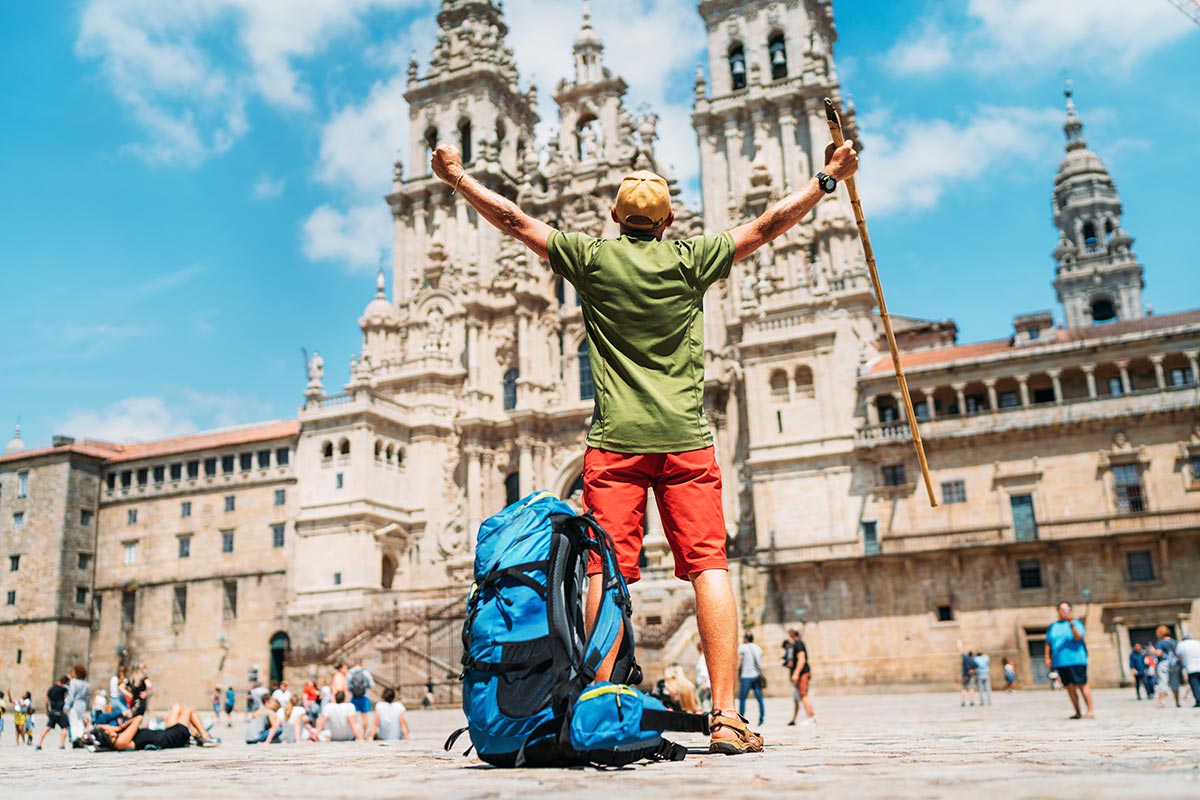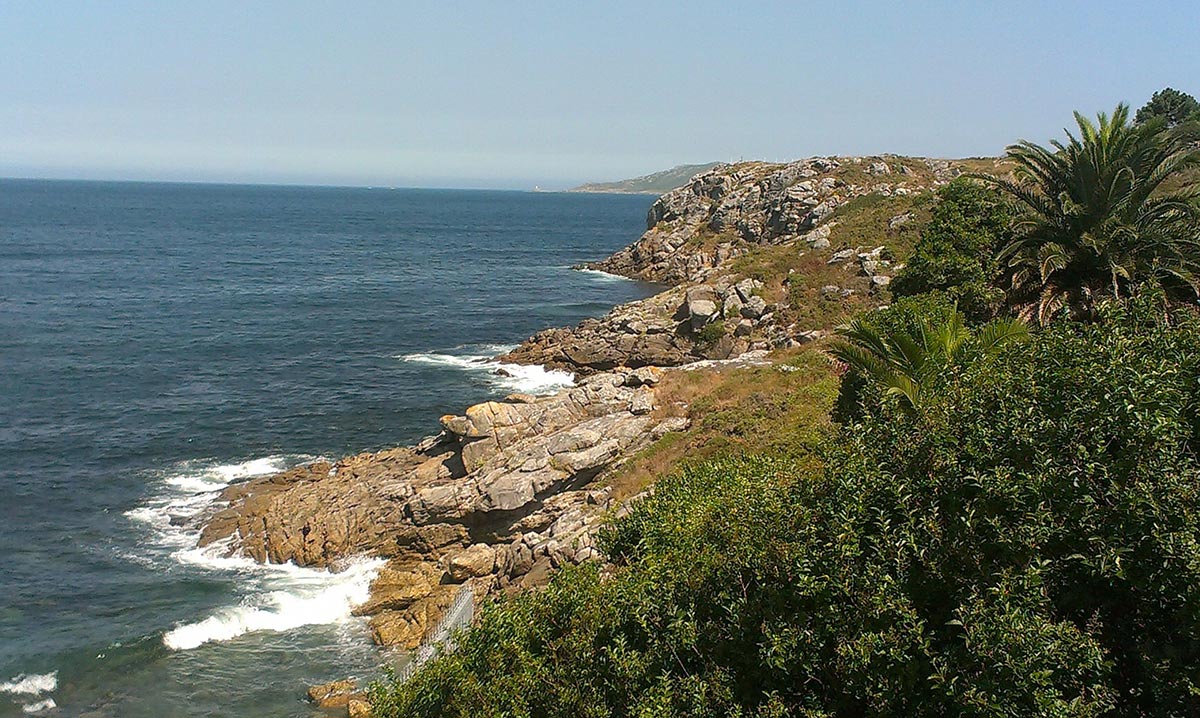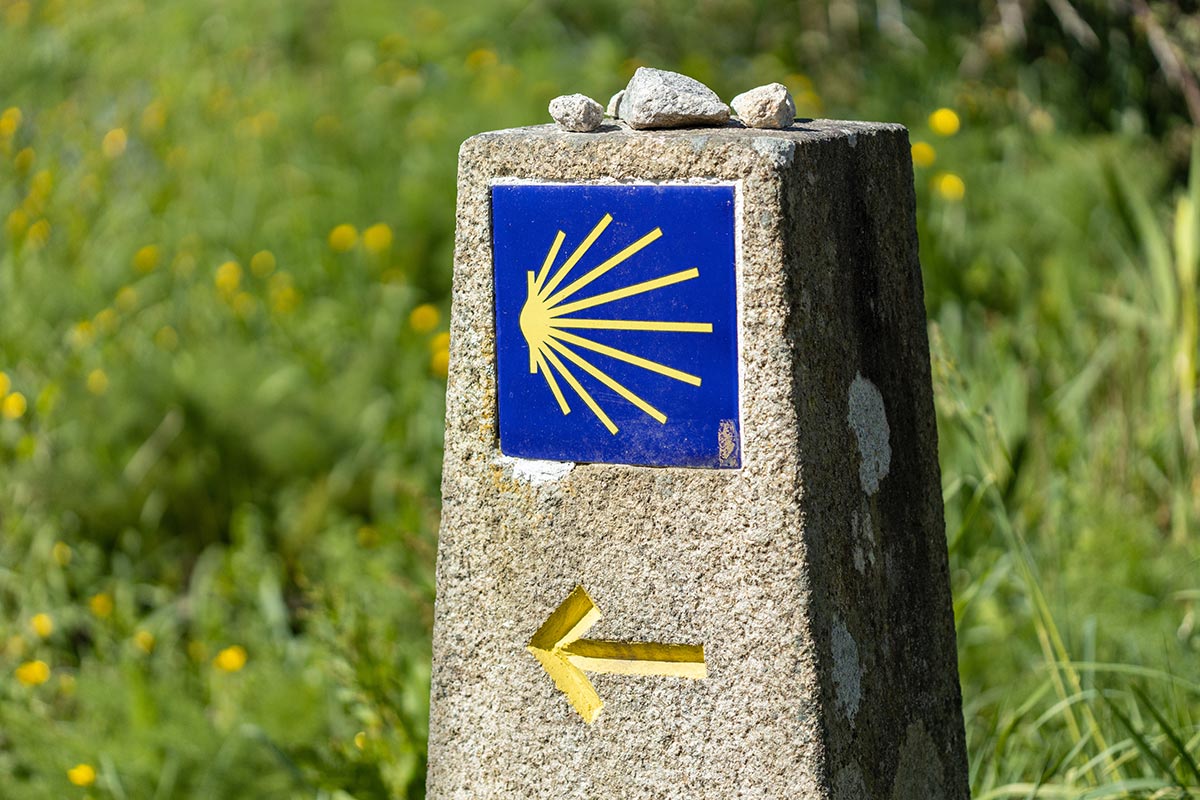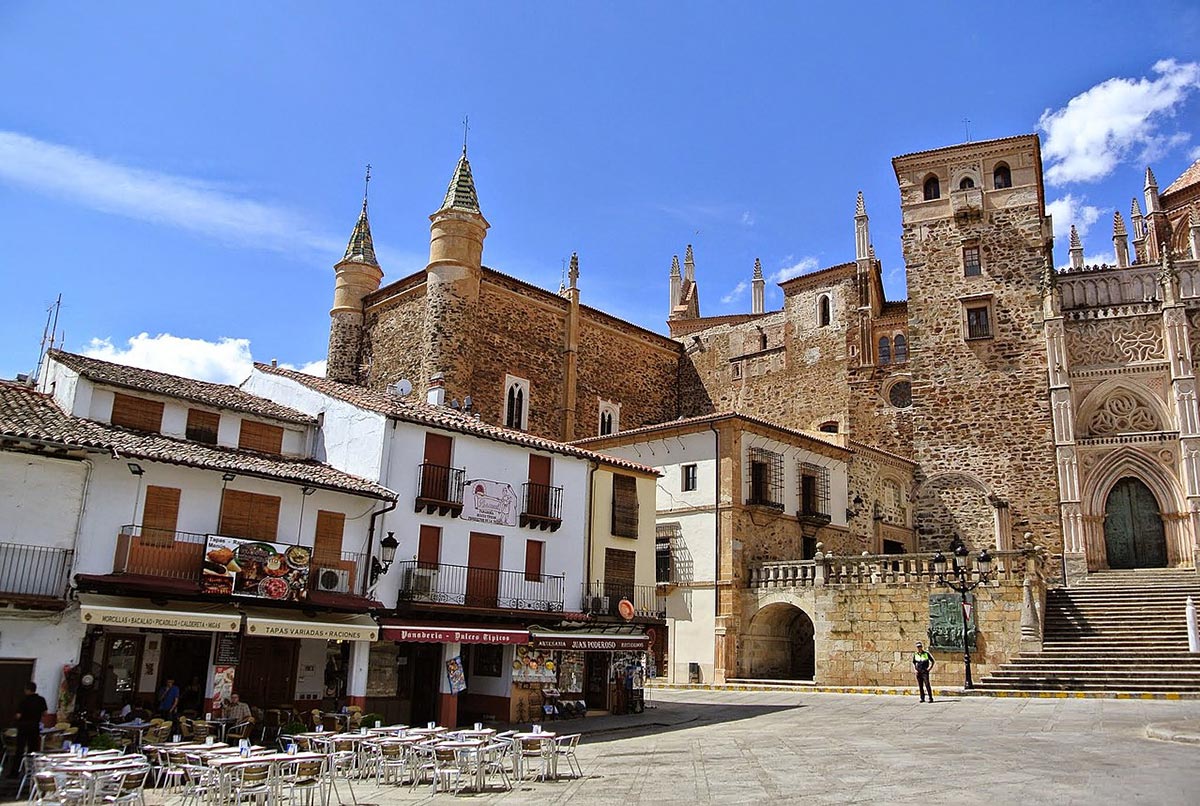Camino de Santiago, or the Way of St. James, is the general name for a group of hiking trails that range in length from 250 to 900 km and all lead to Santiago de Compostela in northern Spain. Camino de Santiago can be thought of as simply a great hike, an epic spiritual pilgrimage, or a life-changing adventure. In 1998 all of Camino de Santiago routes were recognized as World Heritage Site by UNESCO, further spreading its international fame not only as a religious pilgrimage but as a bucket-list item, also guaranteed to make a great new-year-resolution, in case you’re looking for one!

Article by Anastasia Sukhanov
The history of the Camino, as most travelers shortly call it, goes back over a thousand years. Way back in pre-Catholic times, pagans walked the Camino following the stars of the Milky Way, which gave it the original romantic name – Via Lactea. Back then, of course, the city of Santiago de Compostela didn’t possess today’s significance due to being home of the shrine of Saint James. The end point of the pilgrimage was Cape Finisterre, where the sun sets in the endless ocean and, just as its name suggests, the earth seems to end. Modern-day pilgrims honour the picturesque village too, sometimes even burning some of their clothes as a symbol of a completed adventure.

While Camino de Santiago used to be a purely catholic experience, but an absolute majority of pilgrims walking it now are either in it for the adventure, in general search of mindfulness, or a mixture of both with a quest for spirituality. What is guaranteed on the Camino is a Dickensian variety of characters of different nationalities, religions, age groups and walking technique beliefs. You will be able to make friends as easily as in a primary school backyard, share meals with people who would never otherwise cross your horizon and drink copious amounts of house wine – on the house, as that’s what a pilgrim status gets you!

There are various Camino routes all around Spain, with the most popular being the Camino Frances that originates in southern France and the Camino Portugues, which can be started in Porto or Lisbon. Andalucía is home to the beginning of the Via de la Plata, one of the hardest Camino trails.
At approximately 1000 km in length, the Via de la Plata is the longest Camino route in Spain, often referred to as The Silver Way, as it was an important trade route for the Romans. It linked the south coast of Spain and the port of Cádiz with the silver mines in the northern region of Asturias. It is also the least walked route: only about 3% of all the pilgrims arriving in Santiago de Compostela come from the Via de la Plata. If you’re looking for a more solitary pilgrim experience, that is definitely your Camino!
Via de la Plata geography
The Via de la Plata begins in Seville and winds its way up the west side of the country through the cities of Mérida, Cáceres, Salamanca and Zamora. Just north of Zamora the route splits off and pilgrims have a choice of what path to follow to reach Santiago de Compostela. For those who are eager to start even earlier, there is the Camino Mozarabe, a route that starts in Málaga and takes one through either Sevilla or Granada, merging with Via de La Plata around Mérida. This stretch is thought to be one of the oldest original Camino de Santiago routes, passing some of the finest Roman and Moorish structures on the entire Iberian Peninsula. The Camino Mozarabe travels along the foothills of the Sierra Nevada, through olive and orange groves. The low green hills, white villages, and hilltop castles are synonymous with the region and could be a great send-off for a pilgrim travelling all the way to Santiago.
Best season for Via de la Plata
Just like any other hiking activity in southern Spain, the Via de la Plata is not to be braved during the months of July and August, when the heat reaches unprecedented levels all over the country and many smaller villages fall into a summer lethargy of permanent siesta. Ideally, a pilgrimage of this scale should be started in the spring months of April or May, with early autumn being another option – albeit with a higher risk of rainfall. However, remember that any Camino doesn’t have to be done all at once – many pilgrims choose to break it down into one- or two-week sections, giving themselves just enough of an adventure without the physical exhaustion.

Pilgrim accommodation, tips and advice
While more popular routes like the Camino Frances have a wide selection of accommodation options, ranging from traditional pilgrim albergues complete with bunkbeds and shared facilities to lavish paradores, the Via de la Plata will require some accommodation planning. One should make sure that after walking no longer than 20-25 km a day, there would be a hot shower and a roof over their head! A good idea would be to have a comprehensive print (!) walking guide, with plenty available from Amazon and other online bookstores. That way you will always know how many kilometres are left before you reach the next hostal, Roman ruin or coffee stop.
Whether you choose to walk the Via de la Plata all the way or in parts, no matter the season, make sure to have worn-in hiking boots and an adventure-compatible attitude, that will be enough. ¡Buen Camino!




































































